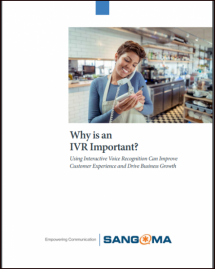Why is IVR Important?
This guide is aimed at businesses which use IVR for sales, but can easily be adapted and used for social and behavior change projects. It provides an overview of how interactive voice response (IVR) works, why it is used, and its advantages and disadvantages.
Included is information about:
1. Five common mistakes that could drive the “customer” away
2. Fifteen hints for improving IVR
3. How IVR works
Last modified: December 22, 2019
Language: English

